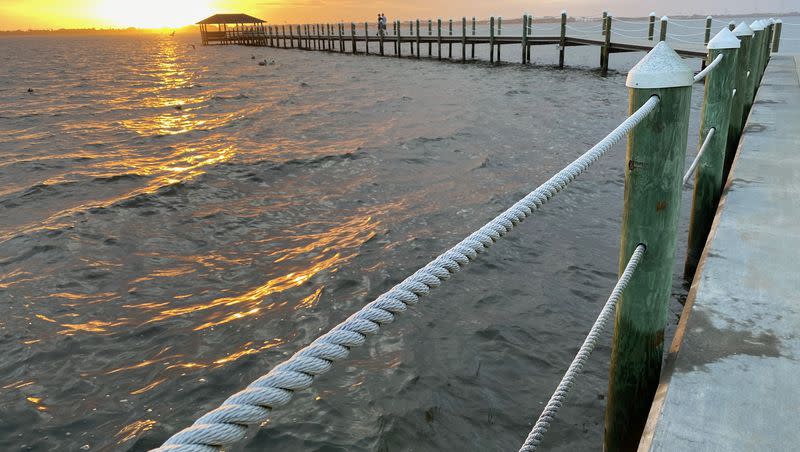CDC warns of deadly flesh-eating bacterial infection spread

A number of cases of flesh-eating Vibrio vulnificus infection has prompted the Centers for Disease Control and Prevention to issue a health advisory to doctors, laboratories and health departments to be on the alert for such bacterial infections and to see that treatment is provided quickly.
The V. vulnificus bacteria can cause severe wound and foodborne infections. The Washington Post reported that 13 people died recently from V. vulnificus infections, which can come from undercooked shellfish or from contact with the bacteria from open wounds — even very small ones. And the geographic area where the bacteria lurk is spreading, experts say.
This year, of confirmed deaths linked to the bacterial infection, seven have been in Florida, three in North Carolina, two in Connecticut and one in New York, the Post reported.
“Many of these infections were acquired after an open wound was exposed to coastal waters in those states. Some of these infections were associated with consumption of raw or undercooked seafood or had unclear etiology,” per the CDC.
People can also be infected through undercooked shellfish that comes from areas where the bacteria can be found, so the geographic risk is not limited to coastal regions.
CNN reported that “during July and August, as the U.S. saw widespread heatwaves and above-average coastal sea surface temperatures,” more people were infected.
Diagnosis and treatment must be swift because of the speed with which the infection advances, per the CDC.
About Vibrio infections
Infections from different species of Vibrio bacteria are common, causing about 80,000 illnesses — most often diarrhea — in the U.S. alone each year. But Vibrio vulnificus is an entirely different story for its ability to cause what the CDC calls “life-threatening infections.” The CDC notes there are about 150-200 of those infections reported each year — and 20% of those infected died, “sometimes within 1-2 days of becoming ill.”
Vibrio bacteria naturally live in coastal waters, including salt water. Typically, infections occur when people eat raw or undercooked shellfish. Oysters are especially prone to harboring the bacteria. Infections also occur when an open wound is exposed to salt water or brackish water that harbors Vibrio. An open wound exposed to undercooked or raw seafood can lead to infection, too.
“Open wounds include those from a recent surgery, piercing, tattoo, and other cuts or scrapes — including those acquired during aquatic activity. Extreme weather events, such as coastal floods, hurricanes and storm surges, can force coastal waters into inland areas, putting people that are exposed to these waters — especially evacuees who are older or have underlying health conditions — at increased risk for Vibrio wound infections,” the advisory says.
LiveScience reported that while infection is more common on the Gulf Coast, “increased coastal sea surface temperatures and widespread heatwaves this summer have coincided with the reported infections across the East Coast. Indeed, rising coastal water temperatures associated with climate change have been previously linked with increasing rates of Vibrio infections.”
CDC reported that the range of V. vulnificus infections has spread north about 30 miles a year between 1988 and 2018 as temperatures have increased. And the number of infections in the East has increased eightfold.
Related
There are no known cases of person-to-person transmission. Wound infections take off quickly and kill skin and soft tissue, including muscles and nerves. Those infected may need surgery and intensive care. The bacteria have developed some antibiotic resistance, meaning treatment doesn’t always work to kill the bacteria once someone is infected, so prevention is vital.
Staying safe
To avoid exposure to what can be a deadly infection, the CDC recommends:
Stay out of salt water or brackish water if you have any open wound or cut. If you get cut in the water, leave it immediately.
If open wounds touch salt water, brackish water, or raw or undercooked seafood, wash them thoroughly with soap and clean running water. Then cover them entirely with a waterproof bandage.
Cook raw oysters and other shellfish before eating them.
Always wash with soap and water after handling raw shellfish.
Seek medical care immediately for infected wounds.

